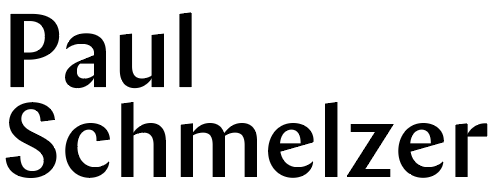Some of the value of publishing by museums can’t be quickly or easily quantified but impact a museum’s reputation and promote important ideas nonetheless. Here’s one recent case.
The Met’s new exhibition, Art of Native America, got a lot of buzz due to the venue it was shown in: it’s the first time the museum has presented Native American art in its American art wing (not in its Arts of Africa, Oceania and the Americas galleries). I recently learned that the exhibition’s catalogue puts a Walker Art Center event front and center: its lead essay, by American Wing curator Sylvia Yount, references Comanche curator Paul Chaat Smith in the epigraph, first paragraph, and footnotes—from his Sept. 2017 Walker talk and resulting Walker Reader essay/video—noting that his declaration to Walker audiences that “the most American thing ever is in fact American Indians” may “be viewed as an underlying principle guiding” the Met’s show. I’m pleased that a Walker moment has been valuable to a sister institution. But I don’t claim this entirely as a publishing success: what I did was take the transcript from a Walker talk by Smith—programmed by Nisa Mackie and the Education department—and enhance it with lots of images. I was merely the amplifier. But that’s one key role of museum publishing: treating (and promoting) programmatic content in ways that can maximize (or at least enhance) its accessibility, appeal, and memetic value.


